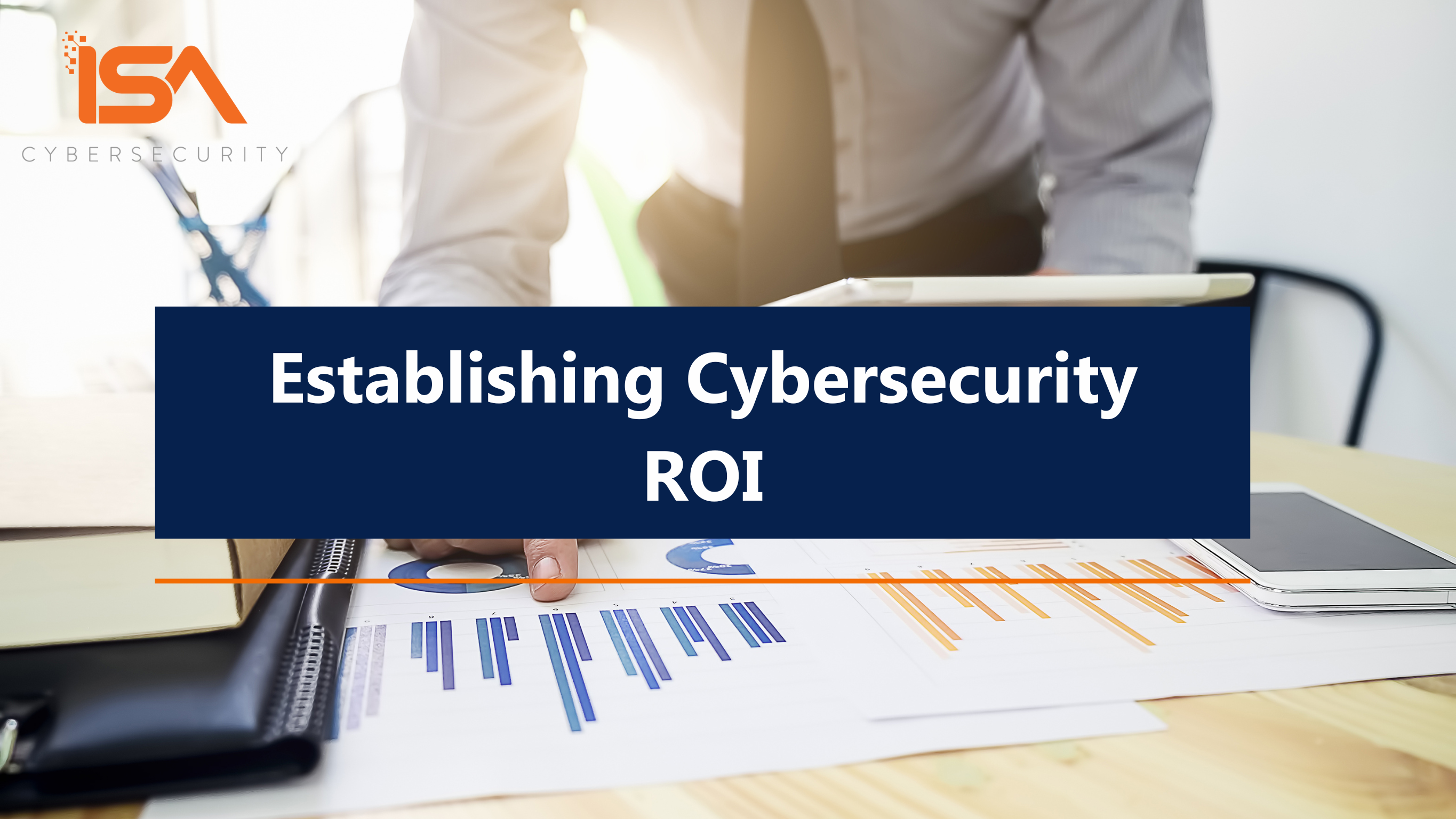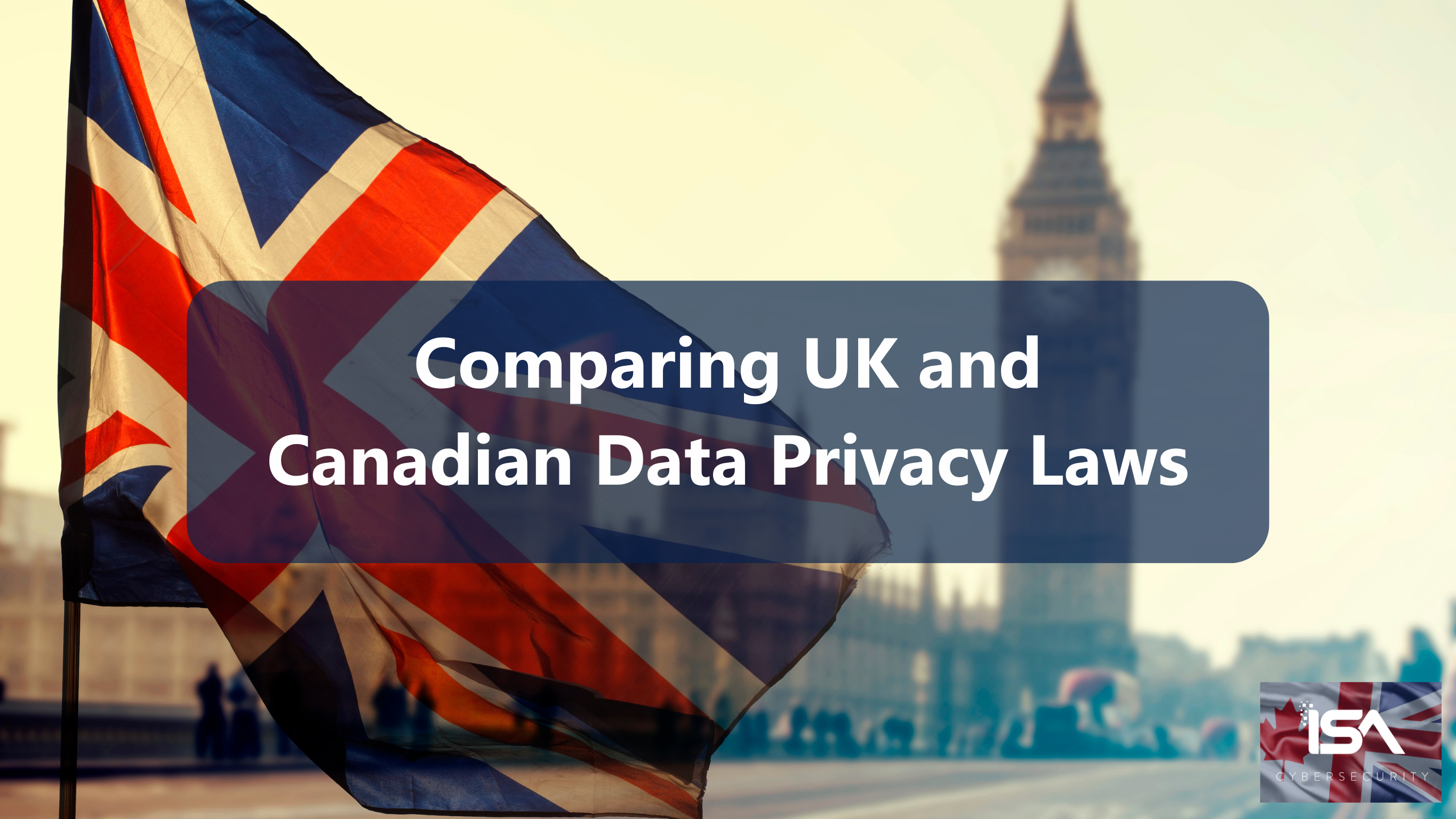In today’s world, network access is no longer restricted by time, location, or device. The traditional security perimeters have vanished. Now, identity stands as the keystone for accessing resources and services.
Organizations that fail to recognize the change in the landscape are at serious risk. In fact, 90% of organizations in a 2024 survey reported an identity-related incident in the past year, experiencing phishing attacks, stolen credentials, insider threats, supply chain attacks, and more.
In this article, we delve into the pressing challenges of inadequate identity access management, uncover insights from the front lines, and reveal how you can make identity the focal point of a robust and successful security strategy.
New Exposures and New Threats
The past few years have seen an emphasis on digital transformation and a rapid shift to the cloud. The way organizations understand and approach security has changed forever. And as that evolution continues – and the cyber threat landscape becomes more complex – the importance of identity as the new security perimeter will only continue to grow.
With the cloud making traditional security perimeters obsolete, you now face multiple challenges in providing secure access to employees, contractors, business partners, suppliers, clients, and service providers who need access to your environment.
Top Challenges:
- Remote/mobile/hybrid workforces: Your people expect access to resources, applications, and services anytime, from anywhere, on anything, resulting in the demise of traditional security measures.
- Complex infrastructure: Managing on-premises, hybrid, private and multiple public cloud services platforms has become the norm – as has the difficulty in finding the skills and resources to do so.
- Constantly changing user and service base: Managing the security and privacy of joiners, movers and leavers is critical.
- Reliable authentication: Counting on traditional passwords and knowledge-based authentication is ineffective – modern approaches are required.
- Advanced attack techniques: Cybercriminals are increasingly deploying sophisticated attack methods, such as credential stuffing, password spraying, brute force, and multi-stage attacks. These techniques can fly under the radar of traditional security measures, making it harder to detect identity compromise.
- Lateral movement and privilege escalation: Once an attacker gains access to a user’s identity, they can leverage that access to move laterally within your organization, escalating privileges and gaining access to more sensitive information. These tactics can be difficult to detect, as they often mimic legitimate user behaviour.
- Reactive approaches: Traditional security measures, such as firewalls and anti-virus software, are designed to respond to known threats. However, they often fail to detect identity-based attacks, which are inherently more subtle and can bypass perimeter defenses.

Common Identity-related Challenges
The fast-paced cloud adoption and digital transformation initiatives driven by these business needs are exposing these identity and access-related challenges. During our threat and risk assessments, we see recurring themes.
How many of these situations sound familiar to you?
- On-premises and cloud Active Directory instances are out of synch, introducing entitlement discrepancies
- Delayed identification of dormant or orphaned accounts, leading to stale identities
- Distributed environments with deviations from corporate password policies
- Overly permissive credentials and permissions
- Proliferation of privileged service accounts and shared admin credentials
- Inadequate control over third-party access and external identities
- Lack of visibility into IT infrastructure (e.g., who has access to what, user behaviour, access patterns, and privileged account activities, etc.) – hampering effective detection and response to cyber incidents

A Way Forward: Practical Identity-based Security
How to move forward? We have proven success following a thoughtful three-step process with our customers:
- Catalogue all the different identities that exist, where they exist, who owns related processes, and what threats exist.
- Develop a catalogue of information necessary to secure all the identities.
- Develop an identity security architecture that describes an approach to securing digital identities that is suitable to their risk appetite and threat actors relevant to them.

A Solution That’s Right for You
With your cybersecurity posture better understood, appropriate measures can now be taken to address and mitigate risk. Just as there are multiple challenges, there are multiple approaches to addressing them. There’s no one-size-fits-all solution. We have worked with customers of all sizes and sectors to manage the threats associated with identities in several ways:
- Where appropriate, adopt a zero-trust approach to manage access, address complexity in securing digital identities across multiple cloud services, devices, and networks, insider threats, and meet regulatory compliance requirements.
- Some have established the risk-based access control process to dynamically adjust the level of authentication and authorization mapped to user behaviour, device, location and other contextual factors.
- Introduce single sign-on (SSO), multi-factor authentication (MFA), continuous monitoring, and an IAM platform that provides a centralized solution to manage user identities, access controls and authentication policies.
- Create granular network segmentation across public/private cloud and LAN environments and enforce a least-privilege access policy, so only the right users and devices can access protected assets, at appropriate times. This can only be achieved with detailed visibility into the users, groups, applications, machines and connection types on the network.
The world has changed. A dynamically verified identity will be the single “source of trust” that you can rely on. No matter where you are on your cybersecurity journey, we can help strengthen your security posture and capabilities to help protect your digital assets and reputation. Contact us today to speak with a cybersecurity expert to learn more.




